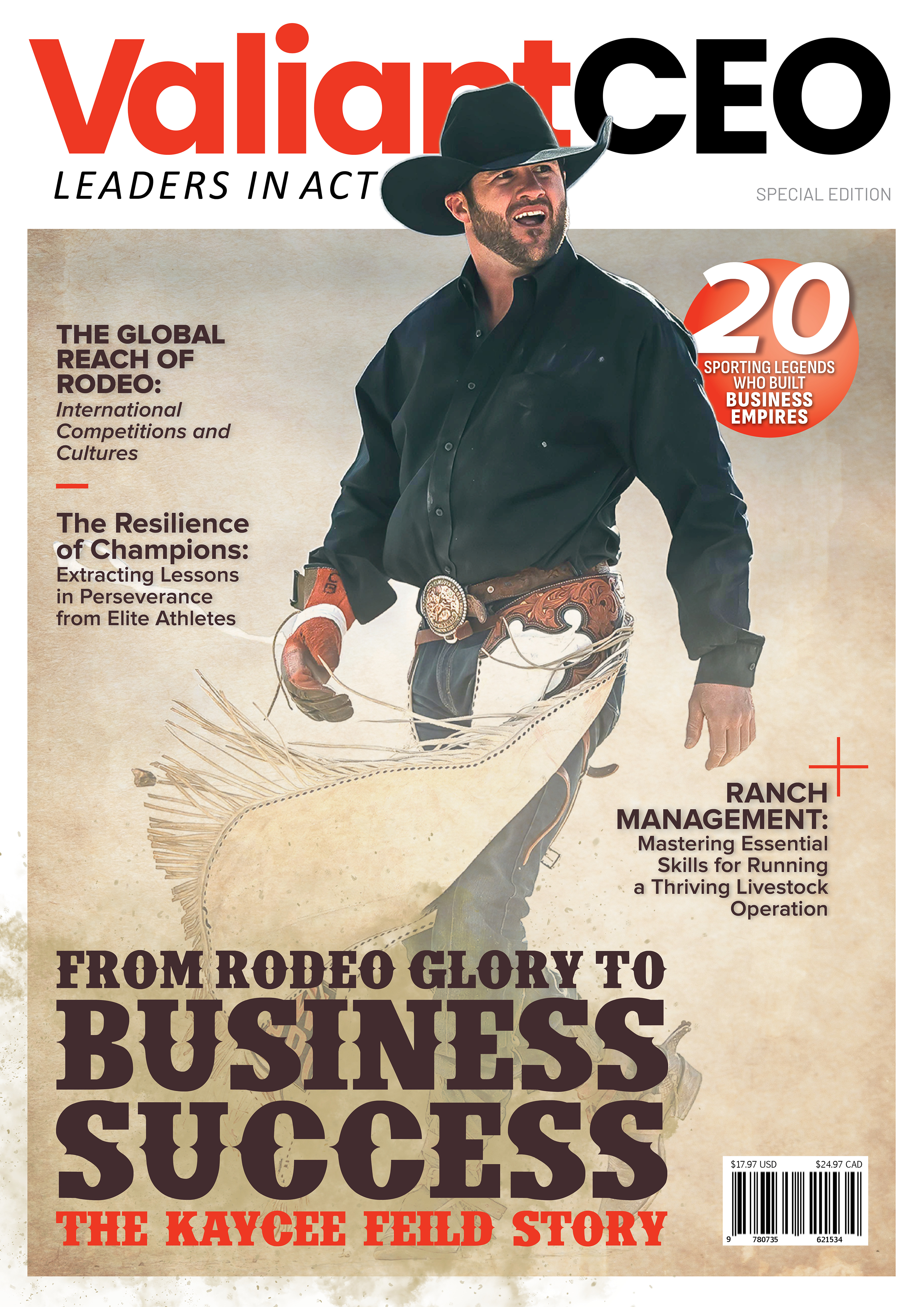Opinions expressed by Entrepreneur contributors are their own.
It seems that most media attention tends to go toward startups that offer something innovative and exciting. The latest app or “disruptive” brand is what will inevitably get the most attention.
The thing is, not every business can deliver that level of flash and pizazz. Some industries and businesses are going to seem boring no matter how you look at it. This doesn’t mean they aren’t necessary. After all, toilet paper is hardly an exciting product, but you’d have been hard-pressed to find it throughout much of 2020.
Even if you think your business isn’t “sexy” — or worse yet, that it might be a bit boring — you can still make a splash with your marketing.
Related: Trends That Can Move Your Business Forward in 2021
Provide simple, easy to understand answers
Part of what can make an industry or niche seem boring or “not so sexy” is if it comes across as a bit more technical or complex. This can make it harder for your target audience to understand what you have to offer, or why it is so important in the first place.
To potentially put complex concepts into perspective, you could try using analogies or providing information in various formats (such as explainer videos, infographics and blog posts). Marketing content should take on more of an explanatory role. Another option is to build a robust FAQ page that supports these efforts.
When designing content marketing, in particular, remember that using simple language and avoiding industry-specific jargon is best. According to the Center for Plain Language, the average American has a seventh- or eighth-grade reading level. Regardless of your target audience, keeping the language simple will make your marketing more accessible and understandable.
Related: 5 Times You Should Show, Not Tell at Work
Demonstrate cases to prove your value
Always frame concepts in light of your audience’s pain points. When they can understand how your business solves their pain point, they will be interested — even if what you have to offer doesn’t seem so exciting at first glance.
Videos providing explanations or blog posts can be a great way to highlight how your product or service fits into a client’s everyday routine. Customers may not understand the need for your business at first, but quality content that shows real-world applications for your brand can make all the difference — especially when you have solid numbers to back them up.
This became especially apparent during a recent email conversation with Costas Polycarpou, founder of Polyteck, a construction and facilities management organization.
“For us, breaking the benefits down into hard numbers has proven to be a great way to illustrate our value to potential customers,” Polycarpou says. “Demonstrating your value through real-life case uses can be much more effective than a flashy ad that doesn’t have any real substance.”
Client testimonials will make these use cases even more powerful. BigCommerce reports that 92% of online consumers will read testimonials before making a purchase, and the use of quality testimonials can increase per-customer revenue by 62% for each visit. This trend is even stronger with B2B customers, with 97% considering reviews from their peers to be the most trustworthy form of marketing content.
Related: How Customer Testimonials Can be the Best Marketing Tool
Develop a captivating brand story
Every brand has a story. With the right positioning, you can set yourself apart from others in your niche and tell a story that captivates your target audience — even if you have a less-than-sexy niche.
Much of this comes from your brand identity. Who you are and what you believe in can help define your core values or the ways you differentiate yourself from others in your niche.
As Kristen McCormick of marketing and advertising solutions provider ThriveHive wrote in a blog post, “Many brands decide who they are AFTER launch and tailor their messaging as things shake out. That is just playing catch up. To streamline things from the start, choose your values and target identity BEFORE ever coming to market. Make highlighting your priorities, specialties and your emotional appeal, the framework of your brand identity and the rest will start to fall into place. You’re selling your unique brand, not just a product or service. It should reflect who you REALLY are from the onset.”
Establishing your identity early on will help you develop a clear and distinctive voice and hone in on your core message. It will also help you determine how best to tell the story of your brand and its products or services. Most importantly, it will make it much easier to remain consistent in how you deliver your messages to your audience.
Remember, even a B2B case study can be injected with flavor and personality. Consider your own values, as well as the interests of your target audience to determine which parts of your story to highlight in marketing.
Don’t be afraid to center your storytelling around the customer, rather than yourself. When potential customers see themselves reflected in your brand’s storytelling, they will be more likely to form a strong emotional connection that compels them to buy.
Related: 6 Content Marketing Tips for Non-Sexy Industries
Your industry doesn’t have to be the hottest Google search trend for your marketing efforts to make a meaningful impact. By focusing on basic principles that highlight the inherent value of your products or services, you can make a compelling argument for your target audience to do business with you.







